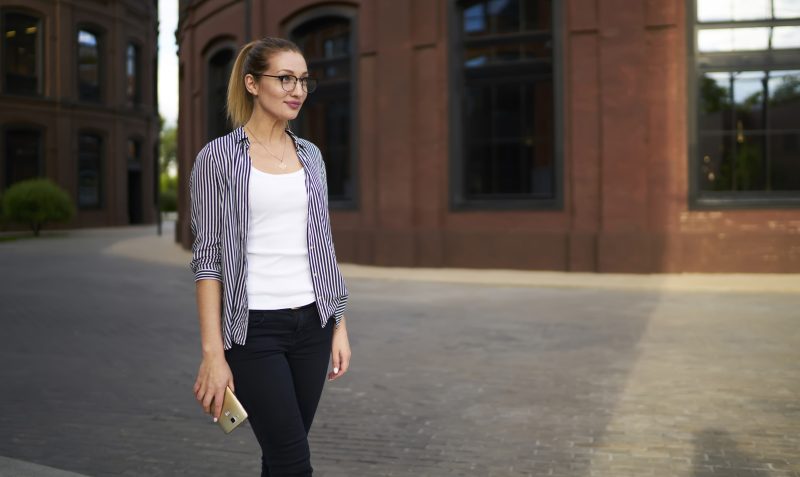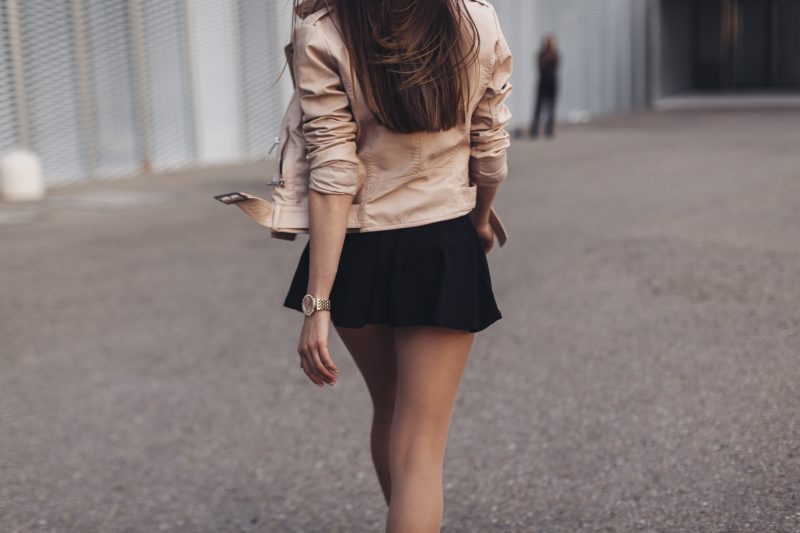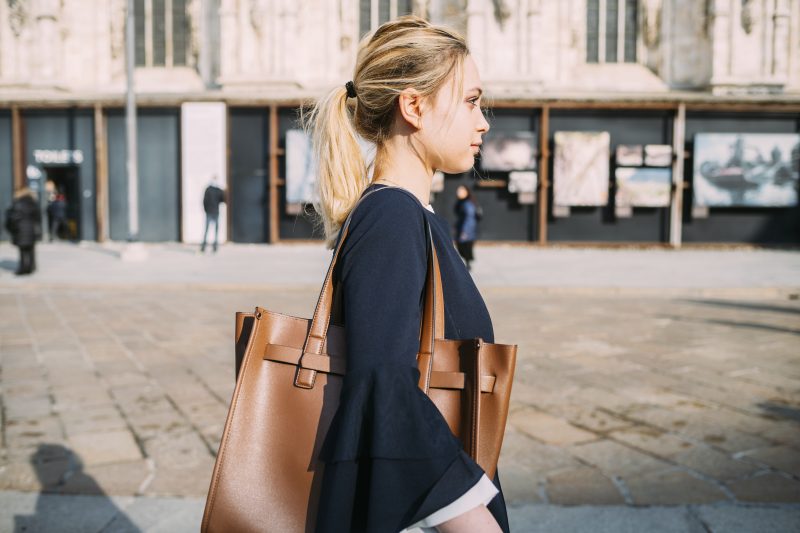I never went to summer camp as a kid. Growing up in Brooklyn, my parents’ idea of “connecting with nature” was our annual pilgrimage to my aunt’s house in New Jersey, where we’d marvel at her lawn and the fact that you couldn’t hear neighbors arguing through the walls. The concept of being shipped off to the woods for structured fun with strangers was as foreign to me as the suburbs themselves. My entire understanding of summer camp came from movies—girls in cabins braiding each other’s hair, boys playing elaborate pranks, everyone singing around campfires and developing character-building allergic reactions to poison ivy.
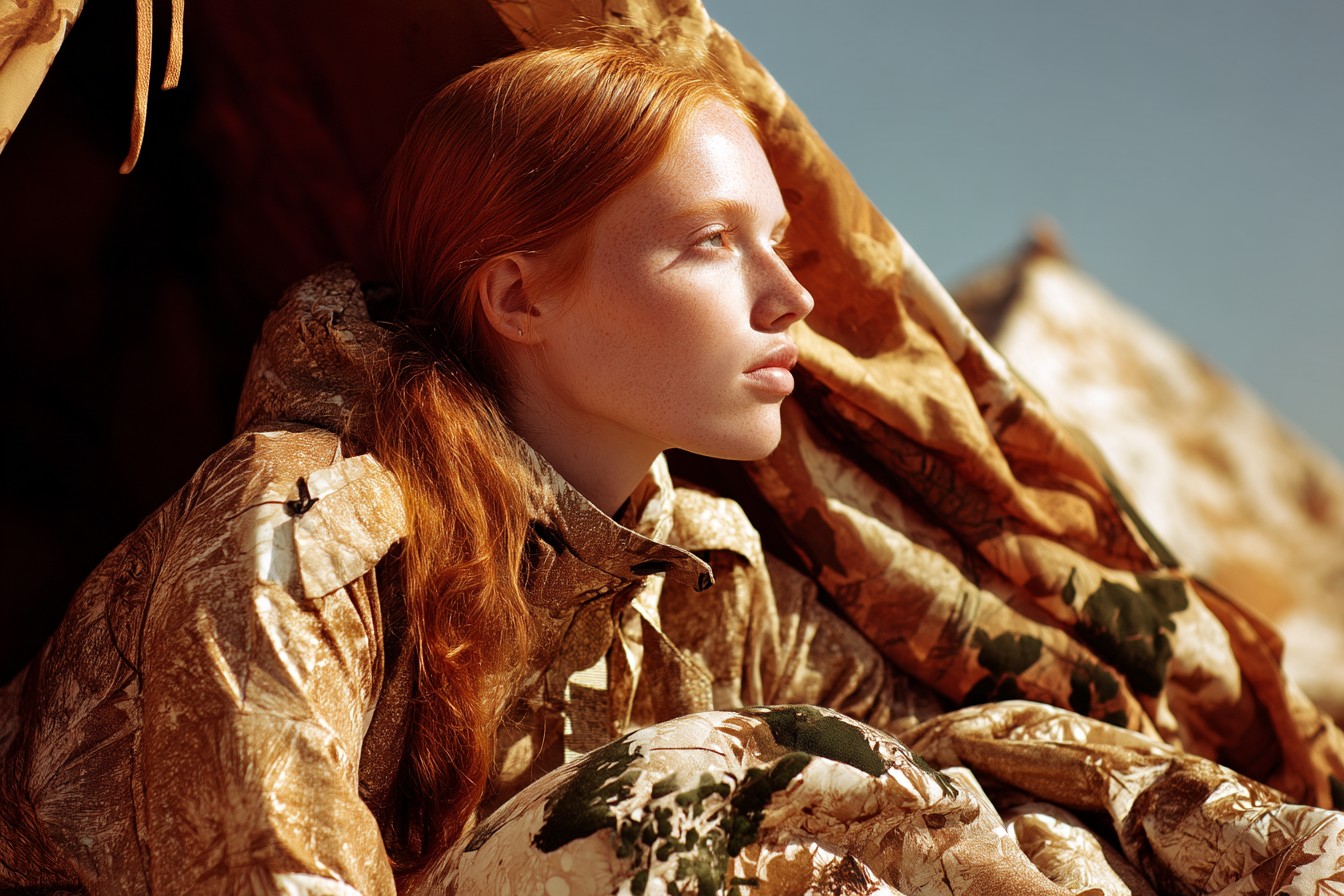
So it’s particularly strange that I now find myself deeply invested in dressing like a camp counselor—specifically, a camp counselor from approximately 1978 who takes their role way too seriously and probably owns multiple hand-carved wooden whistles. Even stranger? I’m not alone in this highly specific aesthetic obsession.
“Camp Counselor Chic” has emerged as fashion’s most unexpected summer mood, infiltrating everything from runway collections to street style to my own formerly black-dominated closet. Suddenly, the most fashionable people I know are wearing rope bracelets non-ironically, sporting practical shorts with multiple pockets, and buying hiking boots they have no intention of hiking in. Design elements once relegated to actual outdoor activities—drawstring waists, utility pockets, canvas and cotton fabrics in sun-faded colors—have been reclaimed and elevated into deliberate style choices.
I first noticed this shift at a fashion week dinner back in February, where a notoriously stylish editor showed up wearing what can only be described as fancy Boy Scout shorts—high-waisted khaki with practical pockets and a subtle logo that, upon closer inspection (yes, I literally squinted at her crotch, fashion reporting requires sacrifice), turned out to be Miu Miu. She’d paired them with a slightly weathered-looking polo shirt, tube socks, and loafers that probably cost more than my monthly rent.
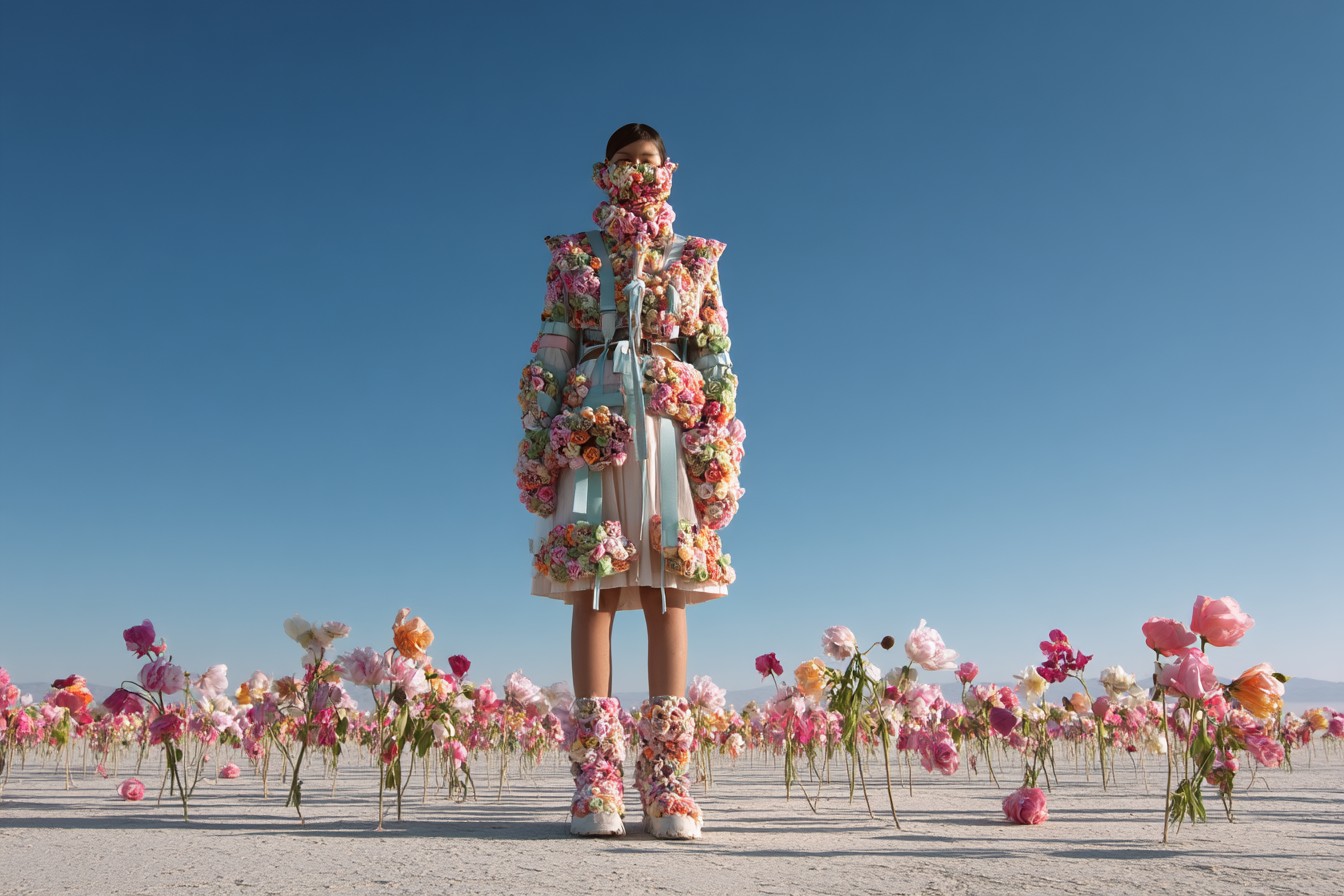
“Are you going hiking later?” I asked, attempting fashion small talk while loading my plate with more hors d’oeuvres than was socially acceptable.
She looked at me like I’d suggested she was wearing a costume. “This is camp,” she said, in a tone that made it clear she meant capital-C Camp, the aesthetic concept, not literal summer camp. “It’s everywhere for summer.” Then she drifted away to talk to someone who presumably didn’t need Camp Counselor Chic explained to them, leaving me to Google frantically under the table.
What I discovered was that my colleague wasn’t an outlier—she was an early adopter of a trend that had been percolating through high fashion for several seasons before breaking into the mainstream this year. Major designers including Loewe, Miu Miu, Jacquemus, and even traditionally urban-focused brands like Bottega Veneta have incorporated distinctly camp-like elements into recent collections: practical shorts in unexpected luxury fabrics, elevated versions of the classic camp shirt (boxy, short-sleeved, often with a camp collar), and accessories that reference outdoor activities while remaining thoroughly impractical for actual outdoor use.
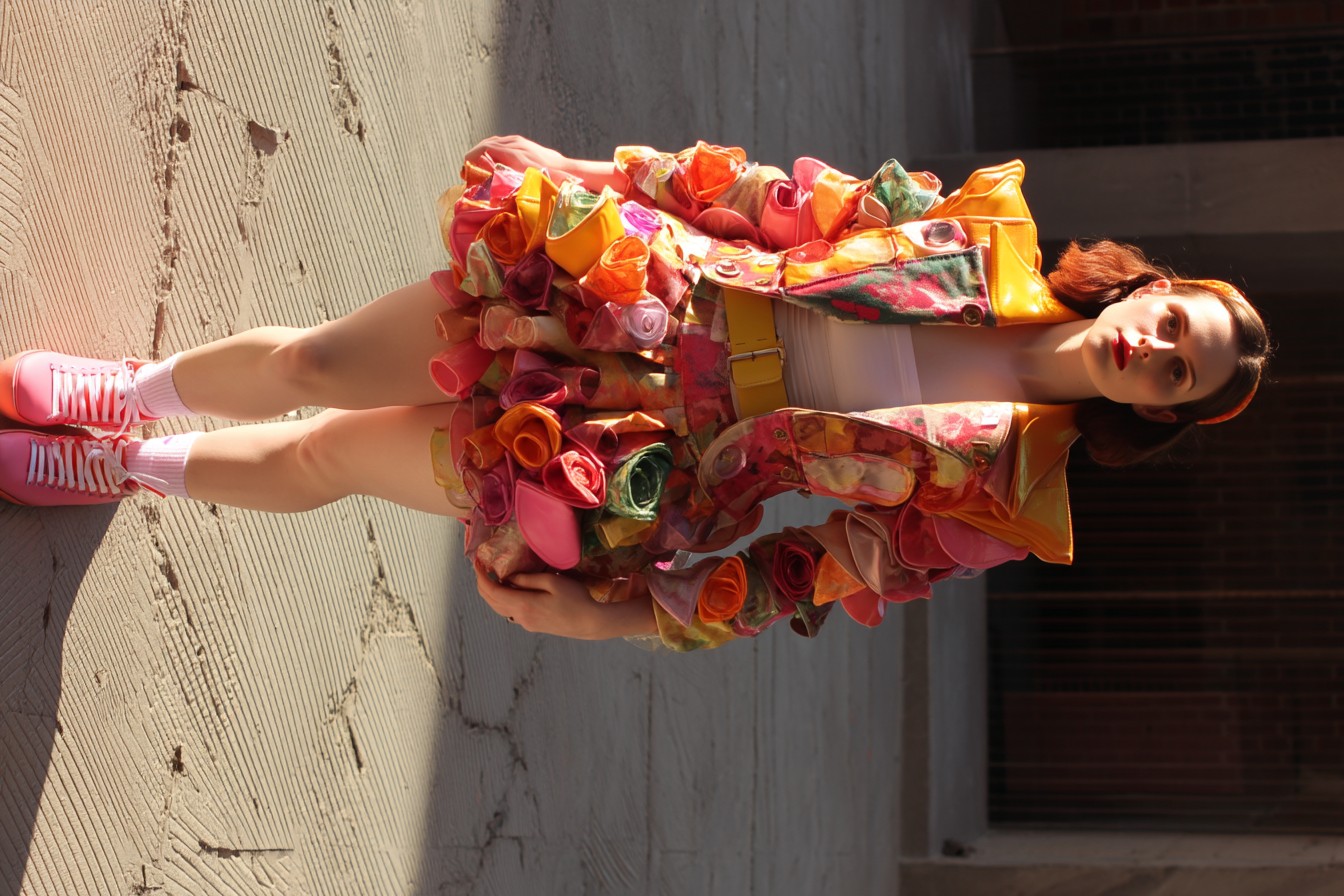
“It’s nostalgia, but for a specific type of Americana that feels disconnected from current politics,” explained Zoe Chen, a trend forecaster I cornered at a press preview last month. “Camp represents this idealized, wholesome version of American youth culture that feels safe to reference right now. It’s outdoorsy without being survivalist, communal without being political, and structured without being rigid.”
Chen also pointed out that, post-pandemic, aesthetics that emphasize outdoor spaces and physical activities carry particular resonance. “We’re seeing references to activities that happen in fresh air, in groups, with a focus on learning new skills—all things people missed during lockdowns.”
The irony, of course, is that most people embracing this aesthetic—myself included—have little interest in actual camping, hiking, or supervising children’s craft projects. The appeal lies in the cosplay of outdoor competence, the suggestion that you might know how to build a fire or identify poison oak, even if your survival skills are actually limited to finding battery life with 2% remaining on your phone.
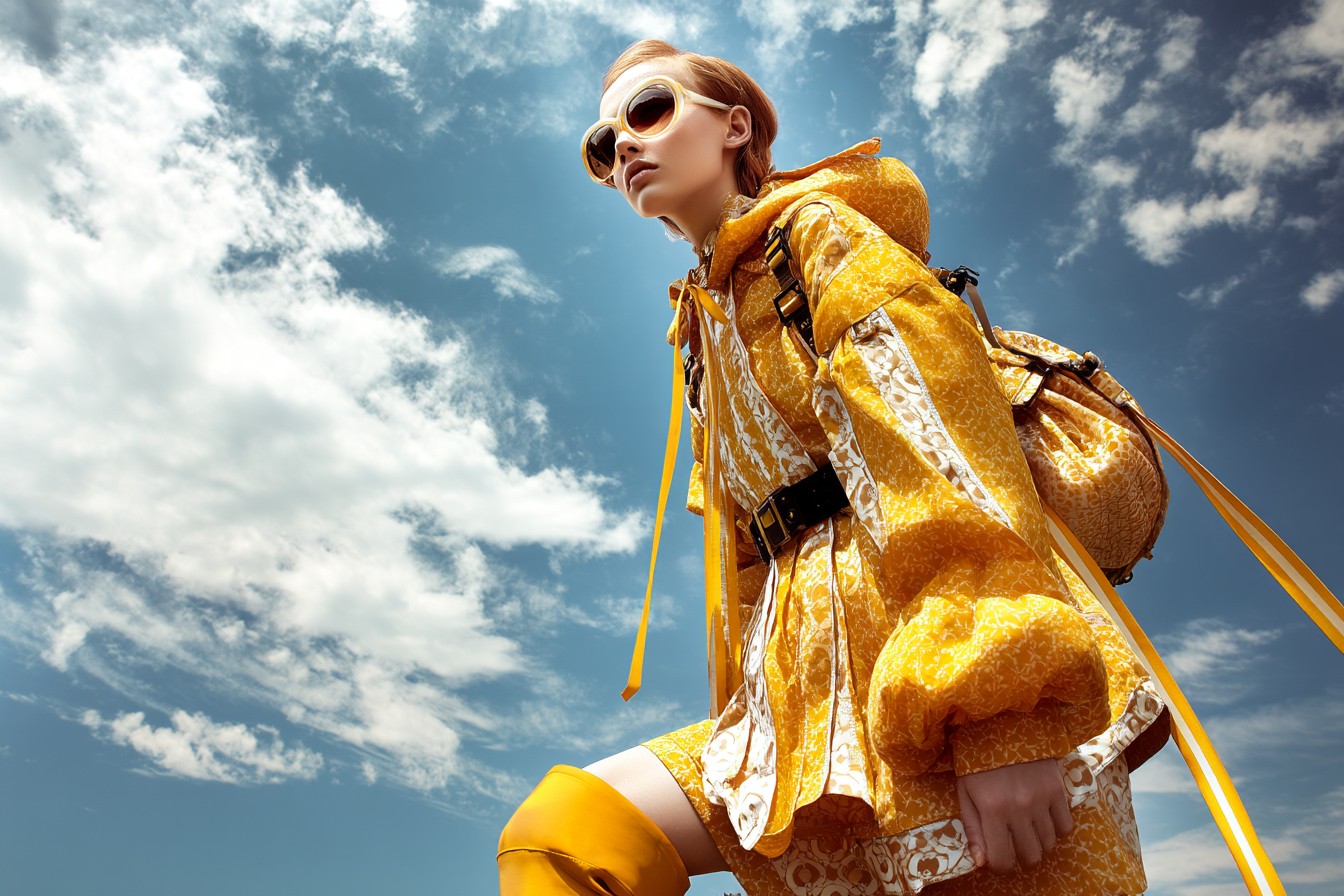
My own journey to Camp Counselor Chic began innocently enough when I found myself inexplicably drawn to a pair of hiking boots in a Williamsburg boutique. Not serious, technical hiking boots, but fashion hiking boots—just rugged enough to suggest familiarity with unpaved surfaces while remaining pristine enough to make it clear they’d never encountered actual mud. I bought them, telling myself they were “practical for spring weather” despite having survived the previous 15 New York springs exclusively in ballet flats and sneakers.
The boots were a gateway. Soon I was browsing “technical” shorts with zippered pockets I didn’t need, considering bucket hats I’d previously mocked, and even contemplating a vest with multiple pockets that served no purpose in my life where the most strenuous thing I carry is typically an oat milk latte. The aesthetic had hooked me completely.
What makes Camp Counselor Chic particularly interesting as a fashion movement is its paradoxical nature. It embraces clothing designed for practicality while removing it from any practical context. It fetishizes the aesthetic of responsibility—the camp counselor being the ultimate symbol of youth leadership and organized fun—while remaining fundamentally playful. It suggests outdoor capability while being worn almost exclusively in urban environments.
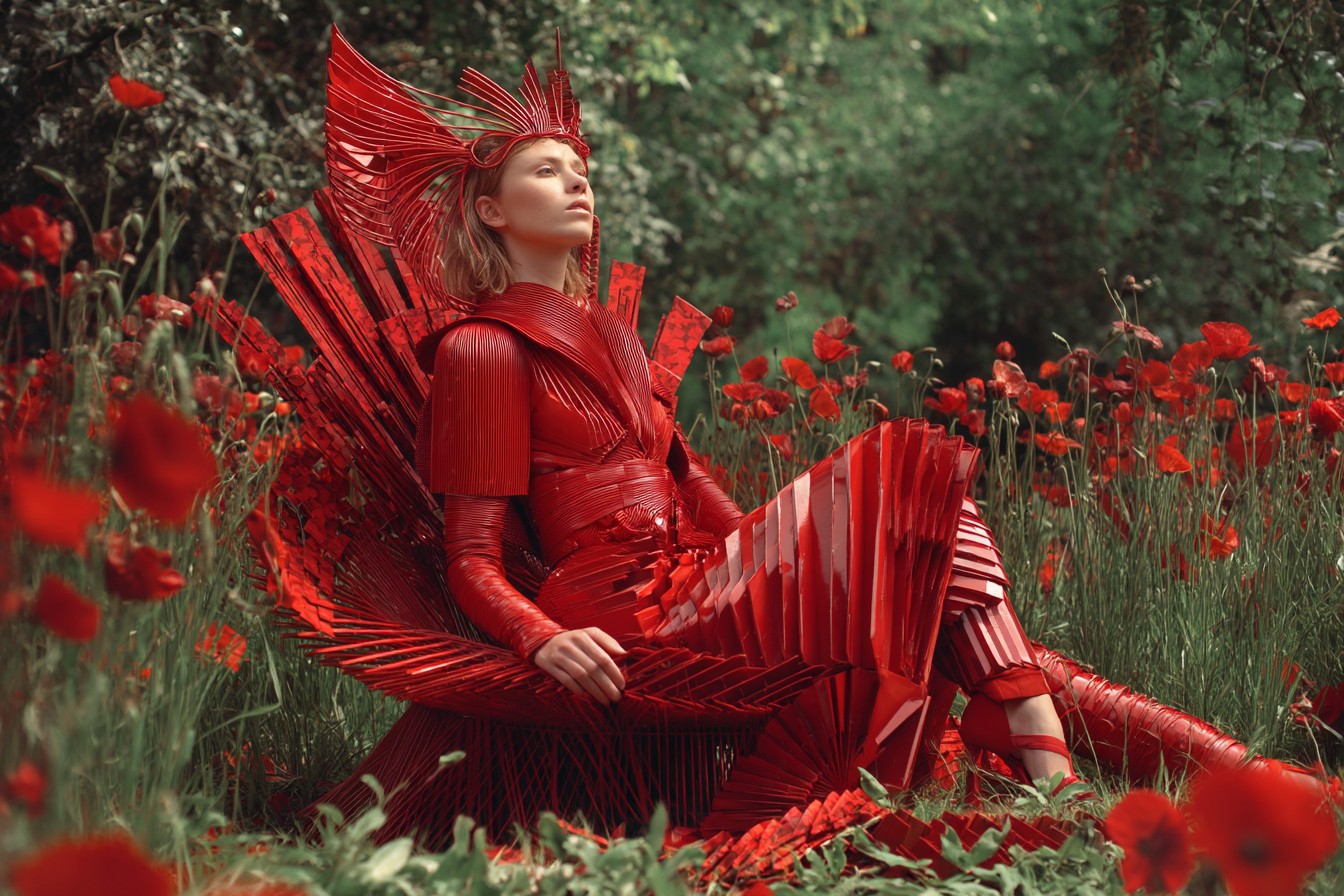
“It’s role-play clothing,” my friend Emma observed when I showed up to our weekly dinner in my new hiking boots, paired with practical shorts and a slightly weather-beaten button-down. “You’re playing dress-up as someone who has their shit together enough to be trusted with children in a forest.” She wasn’t wrong, and I wasn’t offended.
The retail landscape has quickly adapted to feed this aesthetic obsession. Outdoor brands that were once strictly practical—Patagonia, Teva, Birkenstock, L.L.Bean—have found themselves unexpectedly trendy. Luxury brands have released their own high-priced interpretations of traditionally affordable camp staples (Prada’s $975 water bottle holder comes to mind). And vintage sellers report that authentic 1970s and 80s camp gear—particularly t-shirts, shorts, and windbreakers with actual camp logos—are selling out as fast as they can be listed.
“I’ve started specifically sourcing vintage camp shirts,” explained Riley Thomas, owner of a curated vintage account I follow religiously on Instagram. “Especially ones with those silly camp logos or the name of the counselor embroidered on them. They’re selling for three times what they would have a year ago. People want the authenticity of actual camp clothes but without the actual camp experience.”
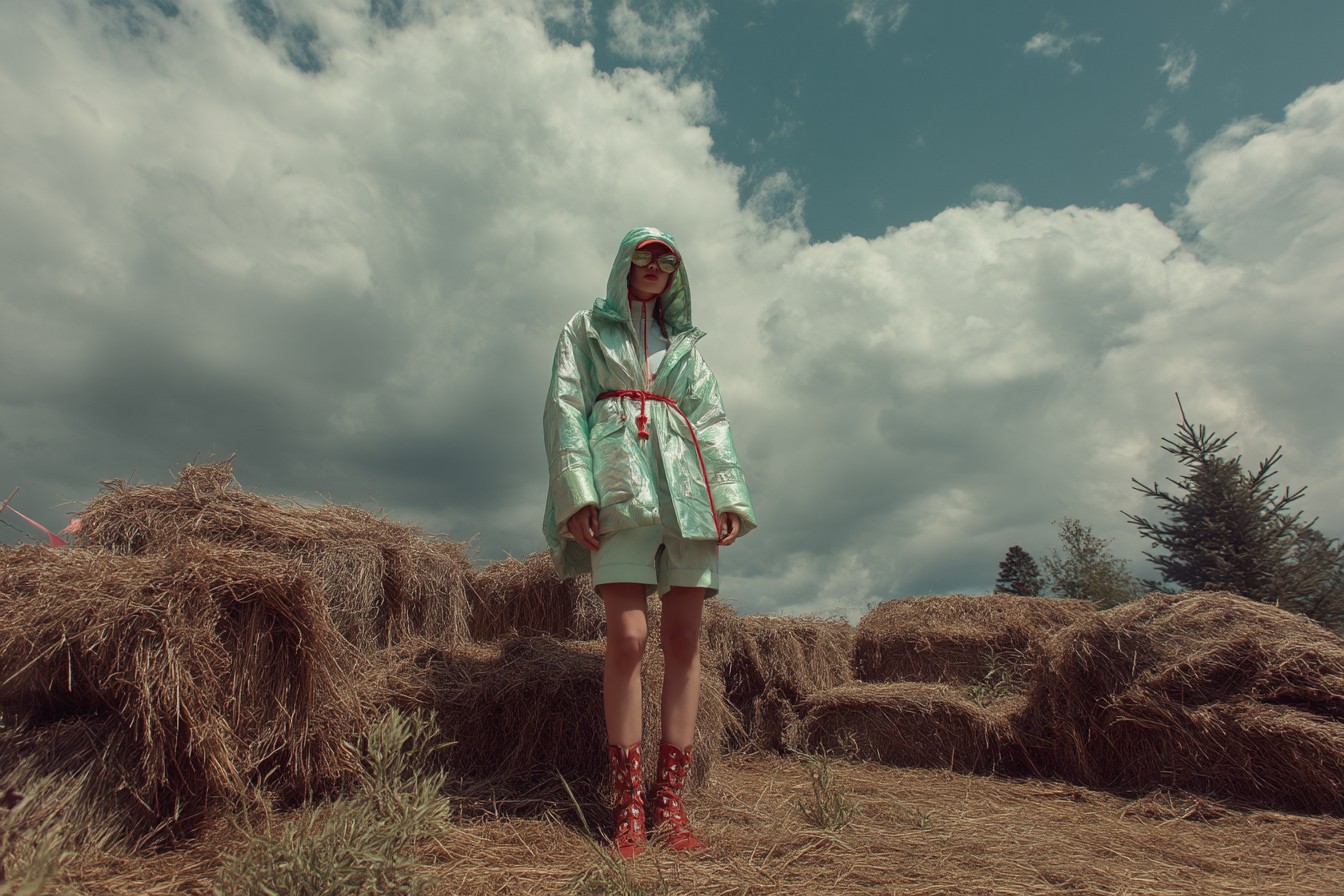
The most committed adherents to Camp Counselor Chic don’t stop at clothing. Accessories play a crucial role in selling the fantasy of outdoor competence: rope bracelets (preferably looking somewhat weathered), simple canvas totes, Nalgene water bottles decorated with stickers, woven friendship bracelets, and even the occasional lanyard. The ultimate status symbol isn’t a designer bag but a perfectly broken-in camp hat that suggests years of outdoor leadership rather than three wears to trendy restaurants.
Hairstyling for this aesthetic leans toward the deliberately undone—braids, natural texture, sun-highlighted strands—while makeup tends toward the minimal and sun-kissed, often with a deliberately applied faux sunburn across the nose and cheeks (yes, we’re now applying makeup to look like we forgot to apply sunscreen, the beauty industry contains multitudes).
The color palette deserves special mention, as it’s perhaps the most distinctive element of Camp Counselor Chic. We’re talking sun-faded primary colors, earthy neutrals, and the occasional safety orange or yellow. Navy blue, forest green, faded red, and khaki dominate, often in color combinations that would look at home in a 1970s Kodachrome photograph. The vibe is distinctly pre-digital, pre-neon, pre-anything too synthetic or slick.
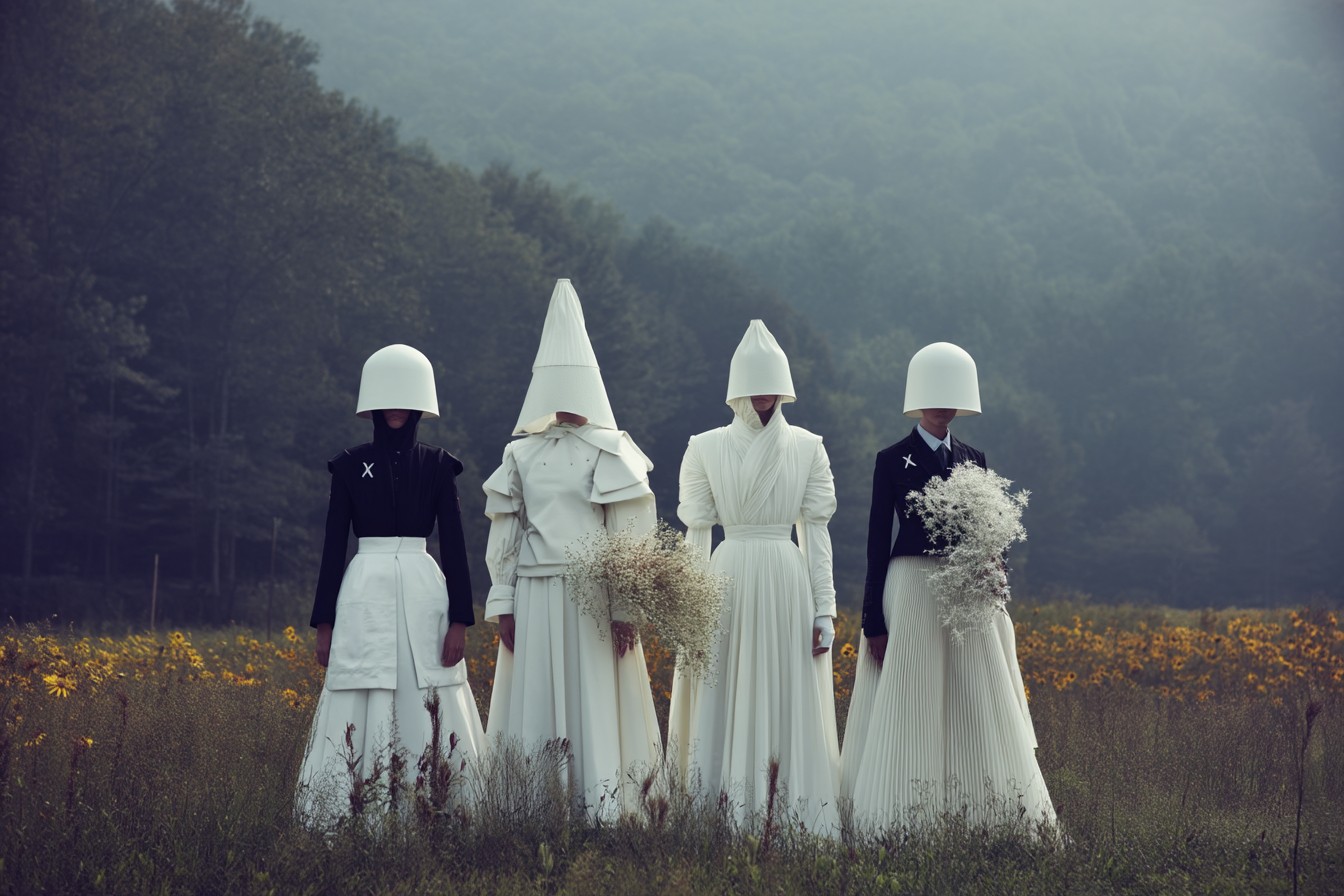
As with any highly specific aesthetic trend, there are various sub-categories emerging within the broader Camp Counselor universe. There’s Luxury Camp, where high-end designers reinterpret traditional camp elements in expensive fabrics (think Hermès canvas shorts or Loro Piana hiking boots). There’s Ironic Camp, where the campiest elements—merit badge aesthetics, exaggerated utility features—are embraced with a knowing wink. And there’s Authentic Camp, where actual vintage pieces from real summer camps are incorporated into otherwise contemporary outfits.
My personal interpretation leans toward what I’d call Reluctant Camp—the counselor who didn’t really want the job but needed the money and is trying to maintain some semblance of personal style within the confines of camp dress codes. This manifests as practical shorts paired with slightly too-nice tops, hiking boots worn with visible city-appropriate jewelry, and an overall vibe of “I could identify poison ivy if absolutely necessary, but I’d prefer not to.”
For those looking to test the waters of this aesthetic without fully committing to the counselor lifestyle, there are entry points that feel more accessible than others. The camp shirt—a boxy, short-sleeved button-down with a camp collar (meaning no collar stand, so it lies flat)—is perhaps the easiest incorporation. It references the aesthetic without requiring a complete style overhaul and pairs easily with more urban pieces like jeans or tailored trousers.

Footwear offers another accessible entry point. Birkenstock Arizonas, Tevas, or even classic canvas sneakers provide camp counselor vibes without the full costume effect. Just don’t keep them too clean—a certain level of lived-in quality is essential to the aesthetic’s authenticity.
For accessories, a simple canvas tote, preferably with some kind of vaguely educational or outdoorsy graphic, adds camp energy to even the most urban outfit. Bonus points if it’s from an actual nature center, science museum, or national park. My most complimented recent purchase was a tote from the Monterey Bay Aquarium that I bought on a work trip—it now accompanies me to fashion events in Brooklyn, where it receives more attention than bags costing literally hundreds of times more.
What’s particularly interesting about this trend is how it’s crossed traditional gender boundaries in fashion. The camp aesthetic embraces a certain practical androgyny—shorts, button-downs, and sturdy footwear for everyone, with fit and styling creating the primary differentiation rather than fundamentally different garment types. In womenswear, we’re seeing silhouettes that prioritize comfort and movement rather than traditional femininity, while menswear embraces shorter shorts and more playful colors than have been mainstream in recent years.
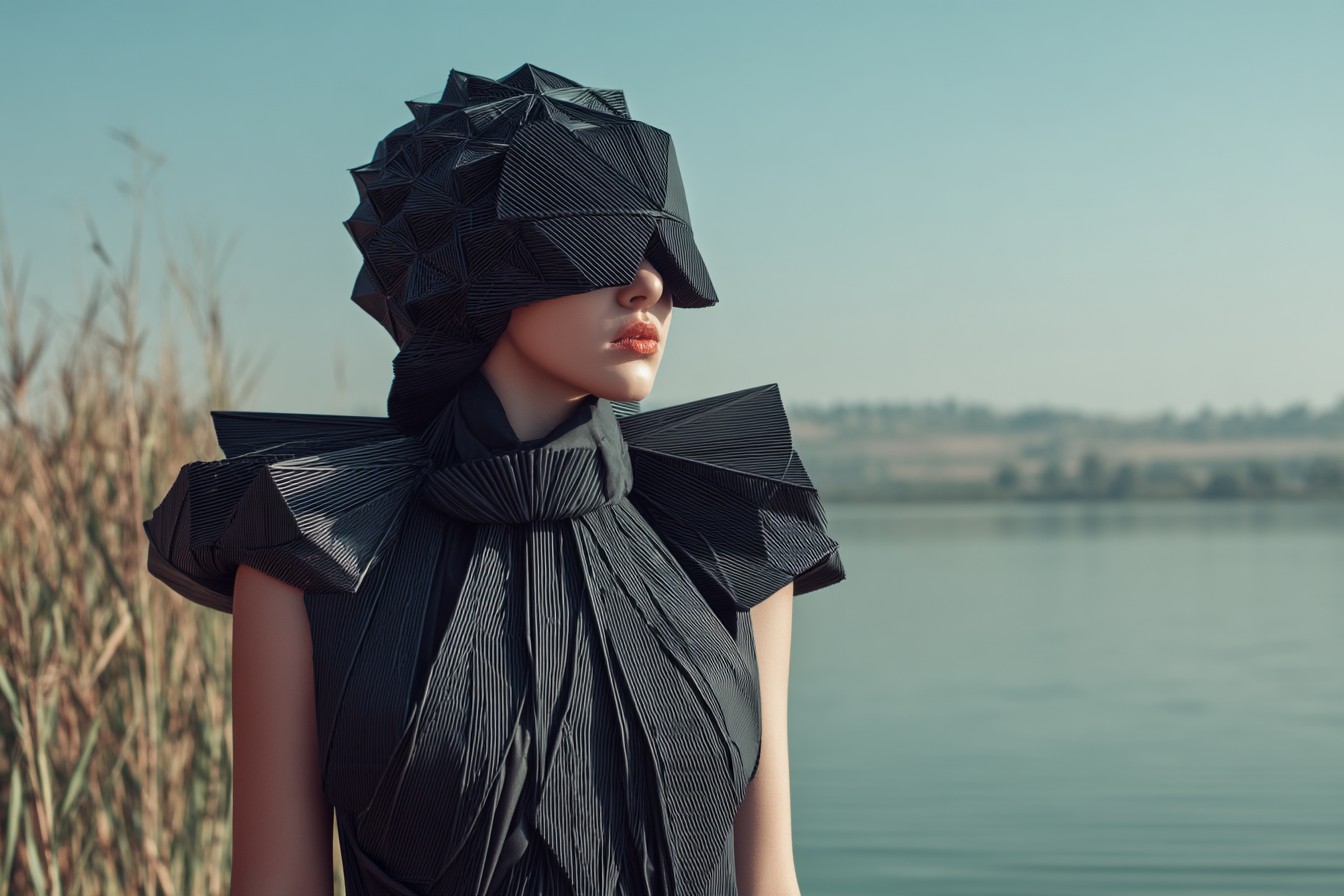
“I haven’t worn shorts this short since I was actually at summer camp,” my friend Jake told me last weekend, showing off a new pair of khaki shorts that hit well above the knee. “But these cost more than my first car, so I guess that’s the difference.” He’d paired them with a navy polo shirt, tube socks, and loafers in what I recognized as an upscale riff on traditional preppy camp counselor uniforms from 1980s movies.
The trend has even penetrated the notoriously trend-resistant finance world. Guys at the office are wearing these technical-looking shirts that are basically fancy camp shirts,” reported my friend Alex, who works at a bank with a traditionally conservative dress code. “They’re claiming they’re ‘performance dress shirts’ because they’re made of some special wicking fabric, but they’re literally the shirts that camp counselors have been wearing for decades, just ten times more expensive and with fewer embroidered canoe patches.”
For a fashion moment built around looking practical, Camp Counselor Chic is delightfully impractical in execution. The shorts have more pockets than you need but are cut from fabrics too precious to risk actually putting objects in said pockets. The hiking boots would be ruined by actual hiking. The water bottles are carried more as accessories than hydration solutions. It’s a perfect fashion trend in that way—all signifier and no substance, allowing us to play with identity without requiring actual commitment to the implied activities.
There’s also something comforting about embracing an aesthetic tied to structured summer fun at a time when actual fun often feels in short supply. The camp counselor represents a simpler type of authority figure—one whose primary responsibility is ensuring everyone has a good time within clearly defined parameters. They’re not solving global problems or navigating complex societal challenges; they’re making sure you don’t drown during swim time and that everyone gets an equal turn with the arts and crafts supplies.
As summer progresses, I suspect we’ll see this aesthetic continue to evolve and intensify. Festival season will likely bring even more camp-inspired styling, with practical elements adapted for non-practical environments (multiple-pocket shorts for storing nothing more adventure-related than your phone and VIP wristband). Vacation wardrobes will incorporate more technical-looking pieces that never actually encounter technical conditions. And Instagram will fill with photos of fashion people posed against natural backgrounds, dressed for outdoor activities they have no intention of participating in.
Will I be among them? Absolutely. I’ve already invested too heavily in my camp counselor fantasy wardrobe to back out now. Next weekend, I’m planning to wear my impractically expensive hiking boots, practical-looking shorts, and a weathered button-down to a rooftop bar in Manhattan, where I will drink elaborately garnished cocktails and pretend to know which direction is north. I might even add a rope bracelet, though I haven’t quite worked up to the full friendship bracelet stack yet—some authentic camp elements still feel a step too far for someone whose closest childhood experience to camp was watching “The Parent Trap” on repeat.
The true test of this aesthetic’s staying power will come in fall, when practical outdoor dressing actually makes, well, practical sense. Will Camp Counselor Chic evolve into something more genuinely aligned with its practical roots, or will it remain a purely stylistic exercise in nostalgia and role-play? Only time will tell, but I’m betting on the latter. Fashion rarely embraces practicality when fantasy is an option.
In the meantime, if you see me looking suspiciously capable of leading a nature hike while waiting for the L train, know that it’s all an elaborate façade. The only thing I’m qualified to teach at camp is “Advanced Shopping as Sport” or perhaps “Intermediate Pretending to Understand Wine While Ordering at Restaurants.” But my shorts have six pockets, so I look like I could start a campfire if necessary—and in fashion, looking the part has always been more than half the battle.
